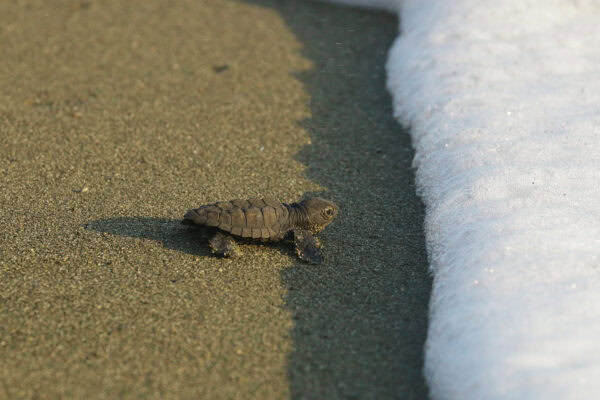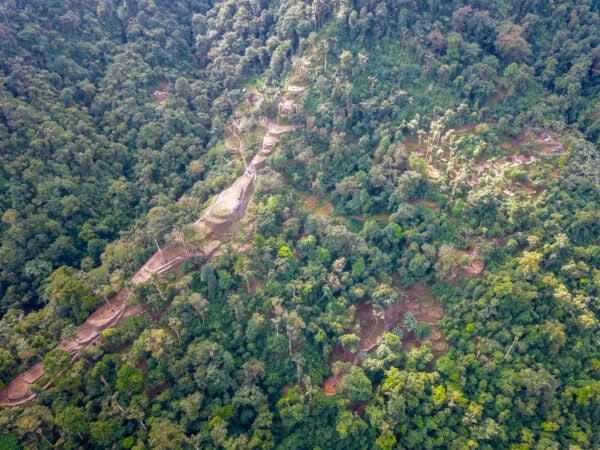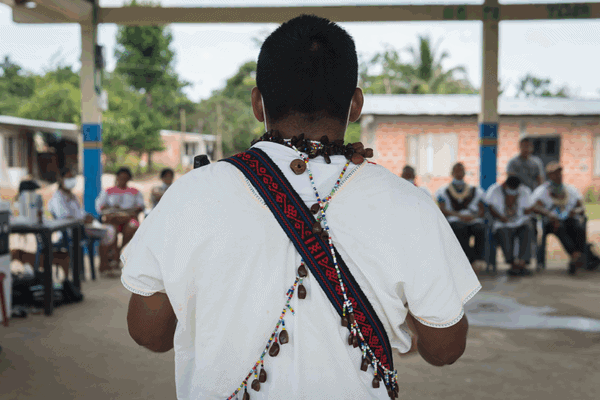“With the 20th anniversary of Alto Fragua Indi Wasi, the legacy of the Inga taitas, who dreamed of this territory, is fulfilled.”
This was the reflection of Liliana Madrigal, who in an interview with ACT’s Northwest Amazon program delved deeper into the importance of this Colombian national park, which turns 20 years old on February 25.
Spiritual guidance, belief, and traditional indigenous knowledge are fundamental to the culture of the Inga people of Colombia. It is where everything begins, where dreams, desires, and aspirations materialize. From there comes everything sacred, the invisible: that which defines this people. On February 25, 2002, the Tandachiridu Inganokuna indigenous association in Caquetá, after years of efforts by the taitas–traditional healers and knowledge-keepers of the region–had one of their greatest achievements: the creation of the Alto Fragua Indi Wasi National Park.
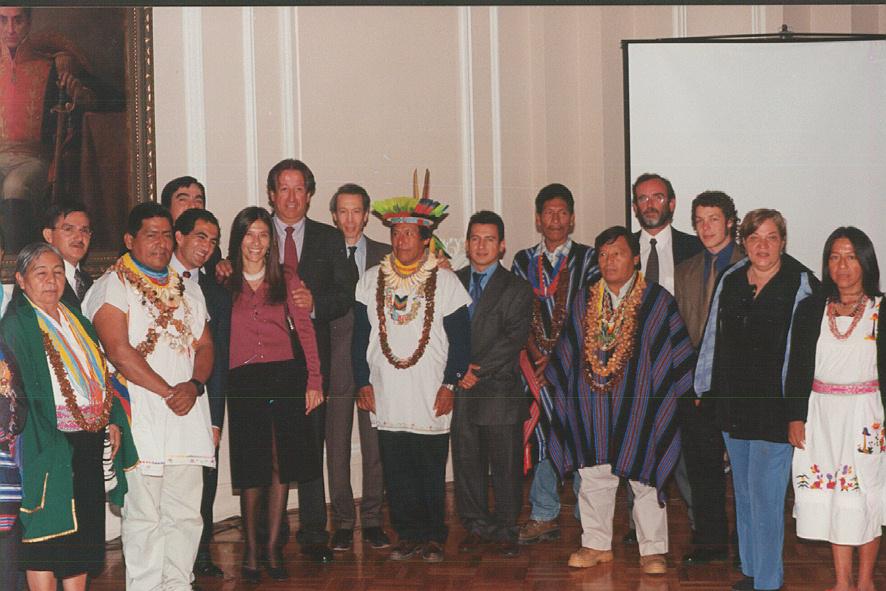
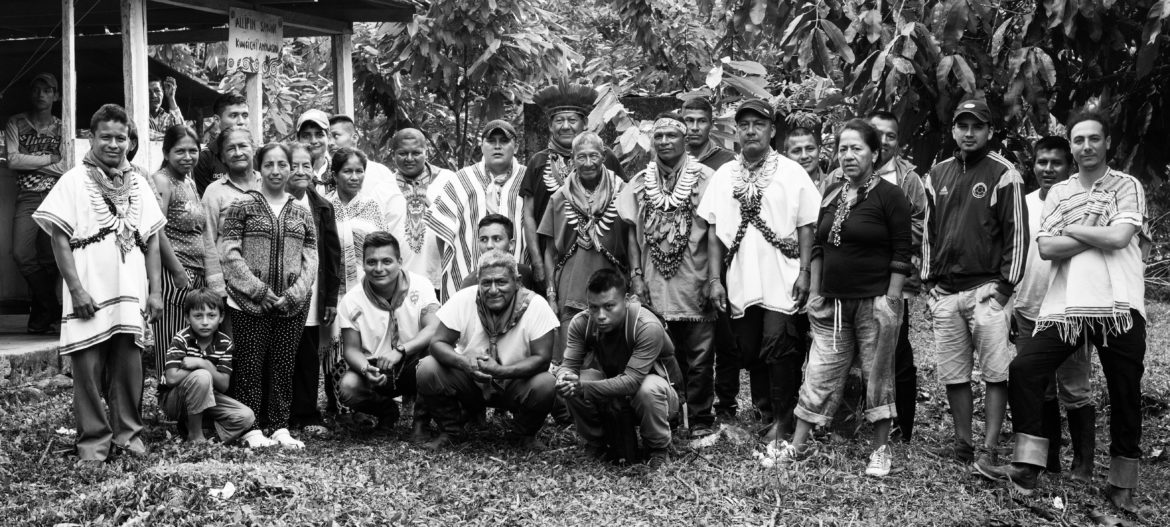
The Inga people call it Nukanchipa Alpa Indi Wasi, meaning “Our Land, the House of the Sun”. It is one of the first protected areas in Colombia whose conservation objective is not only limited to the ecosystems present in the Andean-Amazon transition region, but also embraces the ancestral knowledge and culture of the Inga people of Caquetá. The creation of the park was the result of the tireless efforts of the Inga, who today are in charge of managing and caring for this legacy that began with the founding of UMIYAC, The Union of Indigenous Yagé Healers of the Colombian Amazon, who come from the five yagé cultures: the Inga, Siona, Kofán, Koreguaje, and Kamentsá.
On the 20th anniversary of the founding of the Alto Fragua Indi Wasi National Park, we interviewed Liliana Madrigal, Co-founder and Executive Vice President of the Amazon Conservation Team, who recalls the history of the park, the work of ACT in its creation, and above all recognizes how the park was the final push that ACT would need in its work to protect indigenous communities and tropical forests of the region. She refers to this time as a “meeting between two universes, between the sacred that we cannot see and a park destined to take care of it”.
(Interview transcribed and translated from Spanish.)
After ACT supported the creation of UMIYAC, what led you to accompany the Inga people in the creation of Alto Fragua Indi Wasi?
Liliana Madrigal (LM): After Mark and I started working in Caquetá with UMIYAC, all the indigenous elders insisted on the importance of the territory, but also on the conservation of traditional medicine and culture, on the transmission of that knowledge. From there, we began to develop the idea of doing something significant in Caquetá, of dreaming up something with a greater impact, and at that time the creation of protected areas was a concept on the rise.
So I traveled to the Inga reserve of Cozumbe, and we began to review maps and better understand the state of that territory. We met with the taitas, engaged in spiritual ceremonies with them, and discussed how to best organize ourselves.
At that time, I insisted that we should seek to protect the Inga reserve named Niñeras, because it was the largest reserve. I left Colombia thinking that that was what we should do, and I went to look for the funds.
We were near the Everglades National Park by Miami, in a hotel hoping to meet a potential donor, but we never managed to get together. During that same time, the taitas were tougher than ever. “You have not understood what we want,” they said.
When the taitas spoke, when we met with them, they kept referring to protecting “a very large mountain”, but that meant nothing to us. I am very practical: I need to see a number of hectares, the places where it is going to be done, and I insisted on doing this project near the Niñeras reserve.
It was very hard: we seemed to have messed things up with both the donors and with the Inga. It was difficult for us to understand at that time how protecting that place, now Indi Wasi, was a mandate for the Inga peoples. We were only able to finally achieve better understanding through further dialogues with the taitas.
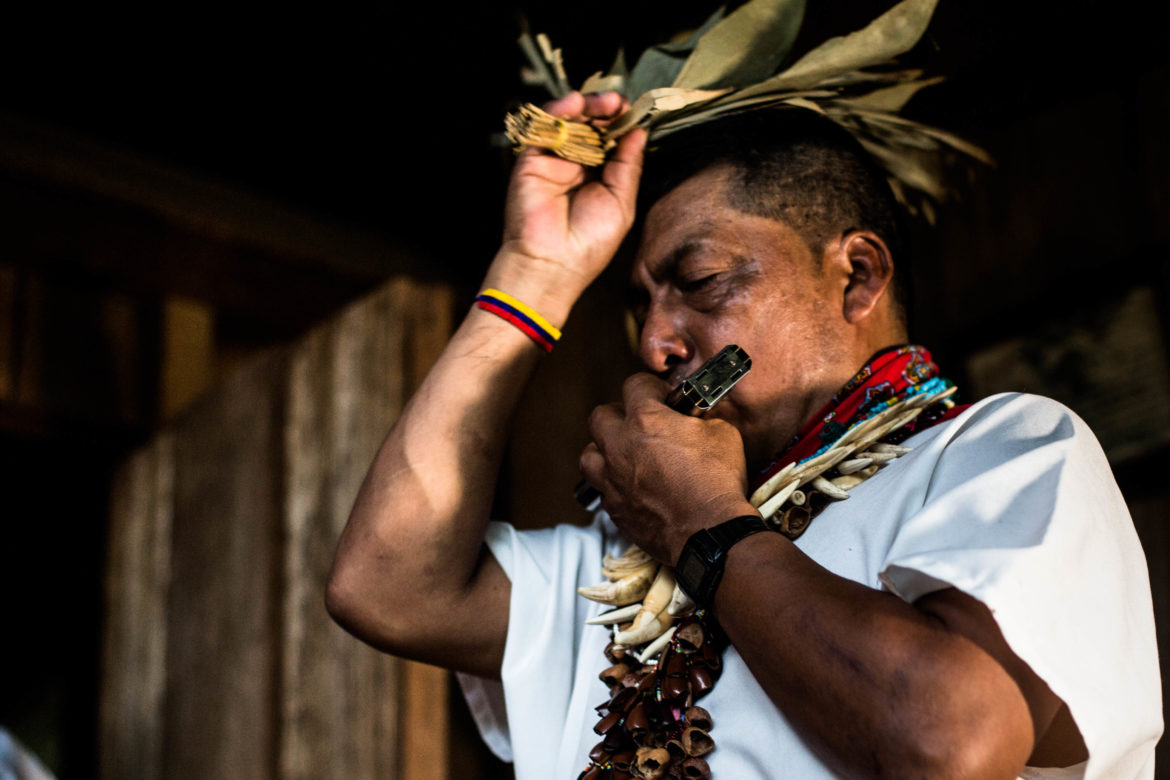
So next you started the process of working toward the creation of the park?
LM: Exactly. It was at that moment, with the guidance of the Inga, that we began to carry out cultural and biological studies in search of creating that first conservation area, where not only critical regional water sources were found, but where, according to the Ingas, the Andakies lived, the “invisible ones”. This mountainous area, which would later become Indi Wasi, is a key location for them. Then the meetings began to take place in San José del Fragua. There were many hours of work, travel, disappointments, and joy, but we had many allies along the way until that day of destiny finally arrived–Monday, February 25, with President Pastrana.
Now, going back a bit: can you describe the delimitation of the territory, and the work with the Inga before that day?
LM: I personally had never been to Alto Fragua. I had been to the reserves, but I had never gone further. That is what is fascinating about the park, that a group of universes aligned to create something very important. The delimitation process was very complex: “it goes up to that mountain”, the taitas used to say. They do not express themselves in precise borders; they do not have those conceptions. Of course, it was the biological and cultural studies that technically delimited the park, in addition to the existence of unallocated land. But above all, it was the union of the many universes that was the most complicated: all that research on the cultural aspects that made up the park’s territory. That was what led us to declare the park.
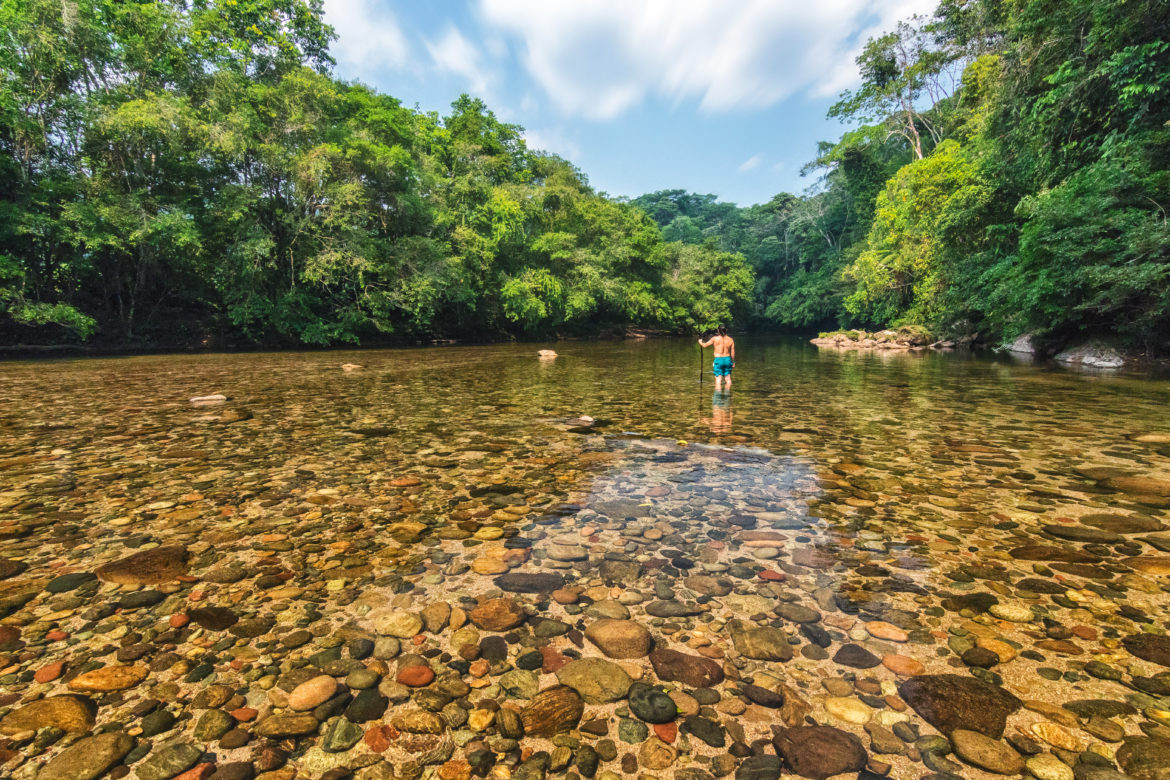
Is that what makes the Alto Fragua Indi Wasi park so special, that relationship with the Inga people?
LM: Yes, that connection with culture, with traditional medicine, which was not among the components that defined a protected area at that time. Because of course, there was talk of the ecosystems and the biological wealth of the Andean foothills region, but that cultural component became a precedent that was also reinforced through the creation of the Orito Ingi-Ande Sanctuary of Flora and Medicinal Plants. Because what you don’t see, what you can’t touch, is now better recognized.
Is this how the unseen manifests itself in the visible, through the park?
LM: There are those same patterns, exactly. They are universes, within other universes that complement each other. It is like a bubble bath where one bubble bursts and another appears. They are different realities that connect to create something. They connected to create the Alto Fragua Indi Wasi National Park, which is now an important precedent due to the significance it has for the Inga people, for the indigenous people in Colombia, and for the world. It is the recognition of sacred sites, of the invisible. It is conserving that which we do not understand, but which is sacred. It is not only our concrete thinking, but how that thinking is connected with the sacredness of the Inga people. For this reason, without yagé and the taitas, I am sure that we would not have been able to create the park.
Are those the roots from which all of ACT has grown?
LM: Yes, I think we are entering a moment where these practices are being recognized, where the sacred is being recognized, and a very important part of that was the creation of the Alto Fragua Indi Wasi National Park, and Orito Ingi-Ande Plant Sanctuary. I think the seed of the work was sown by Richard Schultes, which was later germinated at ACT by Mark (Plotkin). Ultimately, the areas where Schultes worked are the areas where we have advanced the majority of our work. We have been part of what has been happening in the territory for 25 years, and the Indi Wasi Park was a key event in that process.
In addition, the new expansions of the Inga reserves of Las Brisas and Yurayaco occurred on that same day, February 25. Is that becoming a key date for the organization?
LM: Something very nice is happening. In fact, February 25 is my mother’s birthday. So on that day, I always thank her, those are the gifts she has given me. It is very exciting, very important. Because it was literally uphill, from Yurayaco to Alto Fragua Indi Wasi. So having been able to find people who believed in this process, where piece by piece we are expanding reserves, gives me irrepressible joy. The only thing left is gratitude, because who gets the opportunity to do such important work? It is gratitude for those who are no longer with us, but who continue to give us hope.
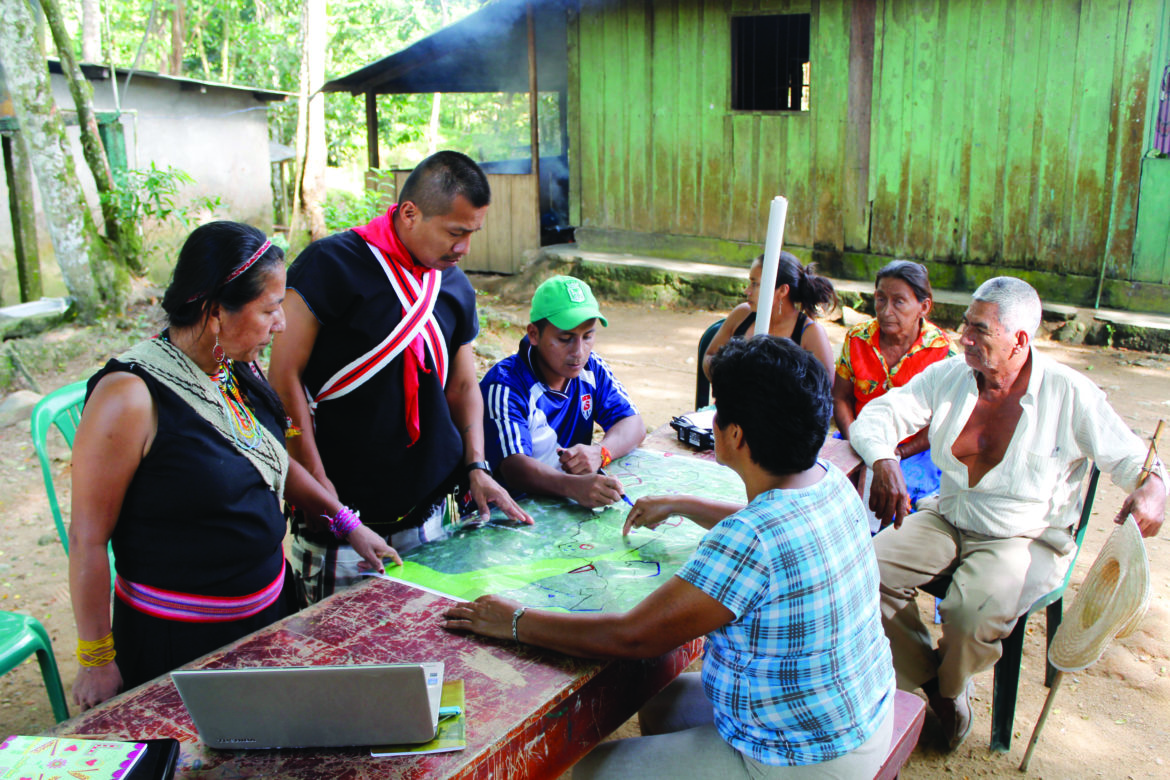
Now that the park is 20 years old, what does this achievement mean for ACT?
LM: It was essential to have faith in things that one does not necessarily understand, which ultimately manifested in a long-term positive outcome for all of the indigenous peoples in the region. That gave us the hope and the strength moving forward, that what we had begun to do at ACT had a clear path, and that it was possible to work hand-in-hand with the communities. Above all, it was a very difficult time, in which we were looking for direction as an organization, but we were finally able to achieve what the indigenous people needed.
I think that the most important thing, and the significance of Indi Wasi and all the other achievements that we have had during our work as an organization, is the understanding of the effectiveness of long-term processes hand-in-hand with the communities, and having confidence in that path, even if one doesn’t know exactly how it works.
This is also a legacy of the taitas and of all the people with whom we have worked. Its purpose was to honor the aspirations of the indigenous people and connect those universes. Those universes even connect in Suriname, Brazil, and everywhere else we work. The stories do not end, the learning does not end, and where there is commitment, creativity and passion, we can build.
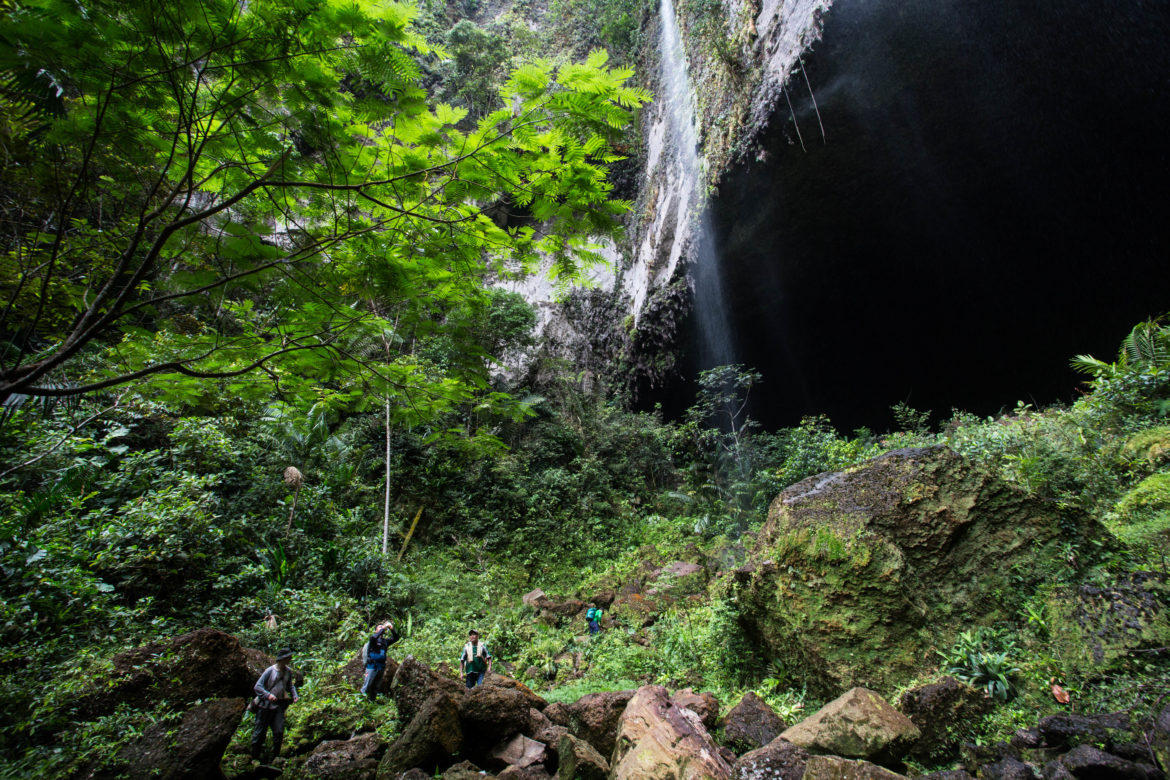
Share this post
Bring awareness to our projects and mission by sharing this post with your friends.


